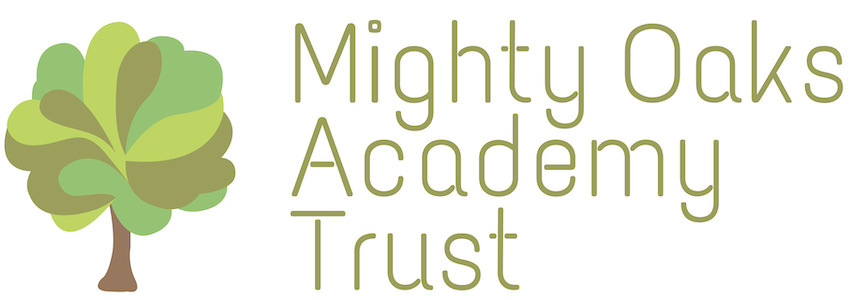Writing
Teaching of writing
KS1 and KS2
Grammarsaurus
In the Autumn Term, the children are taught the Place Value of Punctuation and Grammar (from Grammarsaurus) to learn the fundamentals of writing and embed their knowledge of grammar before they apply this to extended writing:
Pathways to Write
To support the National Curriculum for Writing, our teaching is inspired by a whole-school mastery approach to writing through the programme Pathways to Write. Units of work are delivered using high-quality texts as a stimulus for learning and children in all year groups are given varied opportunities for writing. Skills are built up through repetition of the key skills across the units, and children apply these skills in the writing activities provided. The units can be used thematically (where appropriate) to encourage a whole-school approach to writing with the opportunity for topics to link across all year groups.
Click here for an overview of Pathways to Write
Additionally, teachers adapt the Pathways to Write sessions and resources to ensure engaging and purposeful English lessons are delivered that are tailored to the needs of their class. For example, teachers create models to provide an example of ‘what a good one looks like’ (WAGOLL) to guide pupils through their learning, and they also engage in joint writing opportunities, whereby the teacher models effective writing before the children try in an ‘I write -you write’ format. By modelling the expected outcome and engaging in these approaches, children are supported to use skills required and are equipped to use such skills in their independent writing.
Every half term, pupils complete at least two completely independent writes in Hot Write Books; teachers assess these against the statutory requirements to aid accurate judgements of attainment.
EYFS
In EYFS, Pathways to Write is available, but Drawing Club is used to meet the needs of the children and support them to achieve their Early Learning Goal. Every week, children learn new vocabulary in relation to a themed text (a traditional tale, story book or animation) and work on drawings and captions in relation to their Early Learning Goal skills progressions.
Teaching of handwriting
Handwriting is valued as it is a basic skill that influences the quality and quantity of written work throughout the curriculum. By the end of EYFS, children aim to hold a pencil effectively in preparation for fluent writing and write recognisable letters, most of which are correctly formed. In Reception, handwriting is delivered through daily phonics using the Little Wandle scheme; when children learn single-letter sounds, they also learn a letter formation phrase to support their handwriting.
By the end of Key Stage 1, pupils should be able to form upper and lower-case letters of the correct size relative to one another and start to use some of the diagonal and horizontal stokes needed to join letters. By the end of Key Stage 2, all pupils should have the ability to produce fluent, legible, joined handwriting.
To support this, Priorslee Academy use lessons and resources from Letter-join. This is a progressive scheme in which children learn to write from print to cursive:
Children will start handwriting using a pencil. When fine motor skills have been established and children have been taught how to join all letter families, a handwriting pen can be introduced.
More information about Letter-join can be found here.
Teaching of spelling
Early writing is taught through early mark making, then when the children begin the phonics scheme, Little Wandle, they are taught the correct letter formations. This begins with writing (whether with a writing tool or in the air) letters, cvc words before moving onto short sentences using the sounds they have been taught. The children are encouraged to write independently in continuous provision through a variety of ways.
This process continues into Year 1, where children are encouraged to use the graphemes they have been taught in reception as well as the new graphemes they are being taught whilst in Y1. The children have access to grow the code mats when they are writing, whether this is with an adult, in continuous provision or independently.
The Little Wandle scheme continues in Year 2 and this is supported with the use of Spelling Shed. Children will only move off the Little Wandle Scheme when necessary.
Spelling Shed ensures that the main objectives from the National Curriculum appendix for spelling are taught to each year group; pupils in Year 2 – Year 6 access the teaching of these spellings in school every week and they can also access their spelling lists via Spelling Shed games after explicit teaching in class.
Children can play on Spelling Shed here!
Useful documents:

